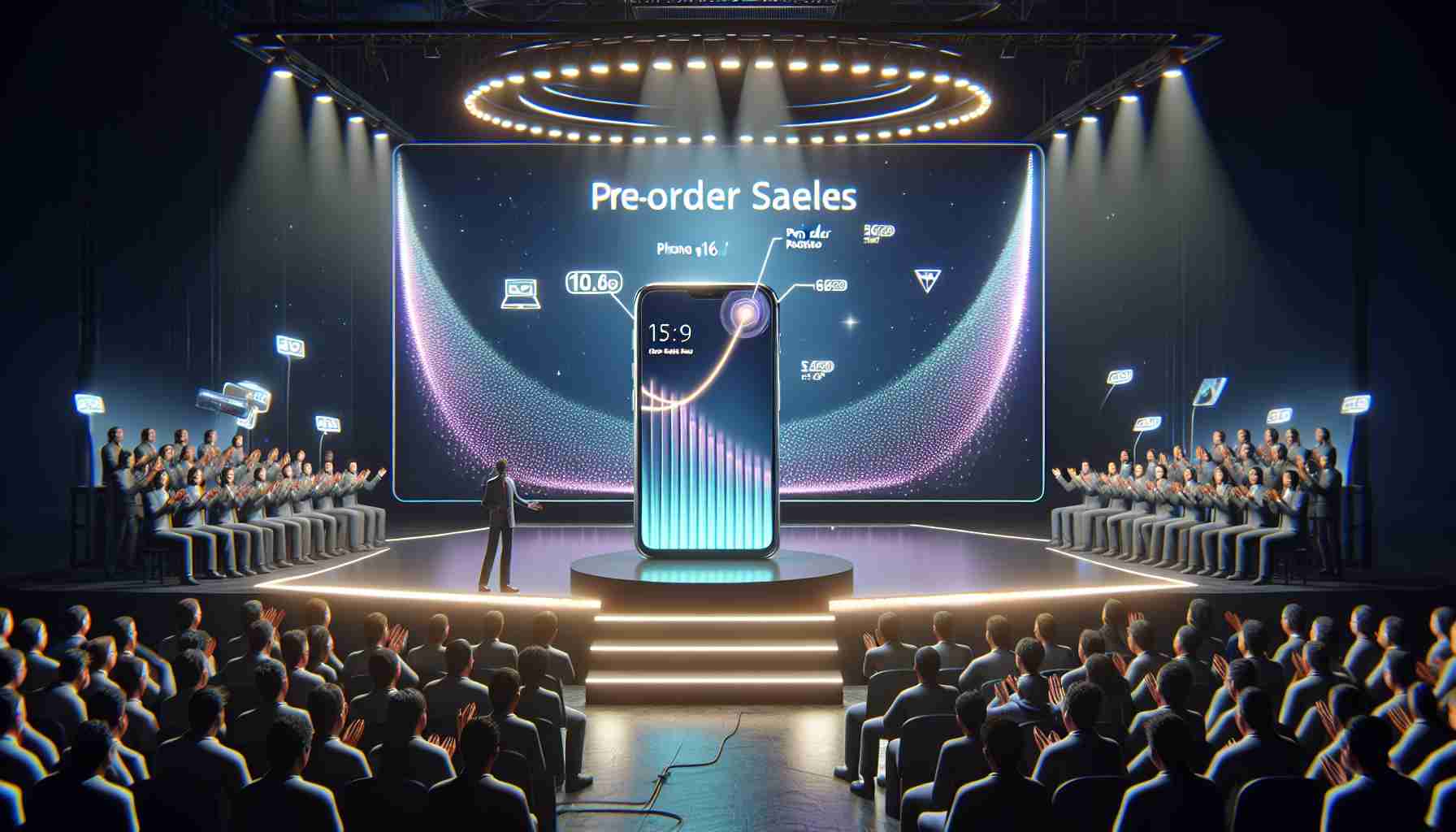
The highly anticipated iPhone 16 series has officially begun its preorder phase, showcasing a completely revamped design and a host of new features, including the introduction of Apple Intelligence. However, initial reports suggest that these enhancements are struggling to attract a significant number of new buyers.
Insights from preorder analysis by a renowned analyst indicate a lukewarm response to the iPhone 16 Pro and Pro Max models, which are falling short of anticipated demand. According to findings shared on a tech publication, the sales for these higher-end models are notably lower compared to the previous year’s iPhone 15 series. Specifically, the preorder demand for the iPhone 16 Pro Max has declined by 16%, while the Pro version has seen a more considerable drop of 27%.
On a brighter note, the standard iPhone 16 and iPhone 16 Plus have recorded impressive preorder interest. The iPhone 16 saw a 10% increase in demand, while the iPhone 16 Plus surged by an impressive 48%. This trend indicates that consumers prefer investing in the base models rather than the premium options.
In total, nearly 37 million units of the iPhone 16 were preordered during the launch weekend, marking a 12.7% decrease from the iPhone 15’s debut. While the iPhone 16 Plus contributed to a rise in sales, the disappointing figures for the Pro variants have overshadowed this increase.
The recent launch of Apple’s iPhone 16 series has resulted in mixed preorder performance, prompting analysts and industry insiders to explore the underlying factors affecting consumer interest. While the standard models have received a warm reception, the premium versions—iPhone 16 Pro and Pro Max—have underperformed compared to their predecessors.
One significant factor contributing to this mixed performance is the shifting consumer preferences towards more affordable technology. In a landscape where inflation and economic uncertainties are prevalent, many consumers are opting for budget-friendly options instead of high-end devices. This trend is reflected in the preorder numbers, where the iPhone 16 Plus showed a remarkable demand increase, possibly signifying a shift in market sentiment.
Among the most pressing questions surrounding the iPhone 16’s launch performance are:
1. **Why is there a decline in demand for the Pro and Pro Max models?**
– The decline can be attributed to several factors, including the robust offerings of previous models, an oversaturation of high-end smartphones, and a general trend towards more economical devices amid economic strain.
2. **How does Apple’s pricing strategy impact consumer interest?**
– Apple’s pricing for Pro models has become a focal point of concern. Increased prices may alienate cost-conscious consumers, prompting them to consider alternatives or stick with existing devices.
3. **What role do new features play in consumer decisions?**
– Although features like Apple Intelligence and an updated camera system are attractive, they may not be perceived as essential improvements compared to the enhancements offered in previous releases.
Key challenges associated with the iPhone 16 launch include the need for innovation and differentiation in a competitive market. Customers are inundated with choices, and without significant technological advancements, convincing them to upgrade can be challenging. Furthermore, economic factors play a considerable role; consumers are increasingly prioritizing value over brand prestige.
Advantages of the iPhone 16 launch include:
– **Solid demand for base models:** The increased interest in the iPhone 16 and 16 Plus highlights that Apple can still attract buyers with competitively priced models.
– **Innovative features:** The introduction of Apple Intelligence and performance improvements can enhance user experience, potentially converting new users.
Disadvantages include:
– **Decreased interest in premium models:** The failing sales of the Pro variants indicate a potential shift in brand loyalty and product desirability.
– **Economic pressures:** Broader economic conditions may continue to hinder consumer spending, impacting future launches.
In conclusion, while the iPhone 16 series has achieved a degree of preorder success, particularly with its basic models, the mixed performance among premium offerings raises questions about Apple’s strategy in an evolving market landscape. As consumers increasingly seek value amidst financial uncertainties, Apple may need to recalibrate its approach in future product launches to safeguard its leadership position in the smartphone industry.
For more insights, visit Apple and explore their latest offerings.
The source of the article is from the blog guambia.com.uy
